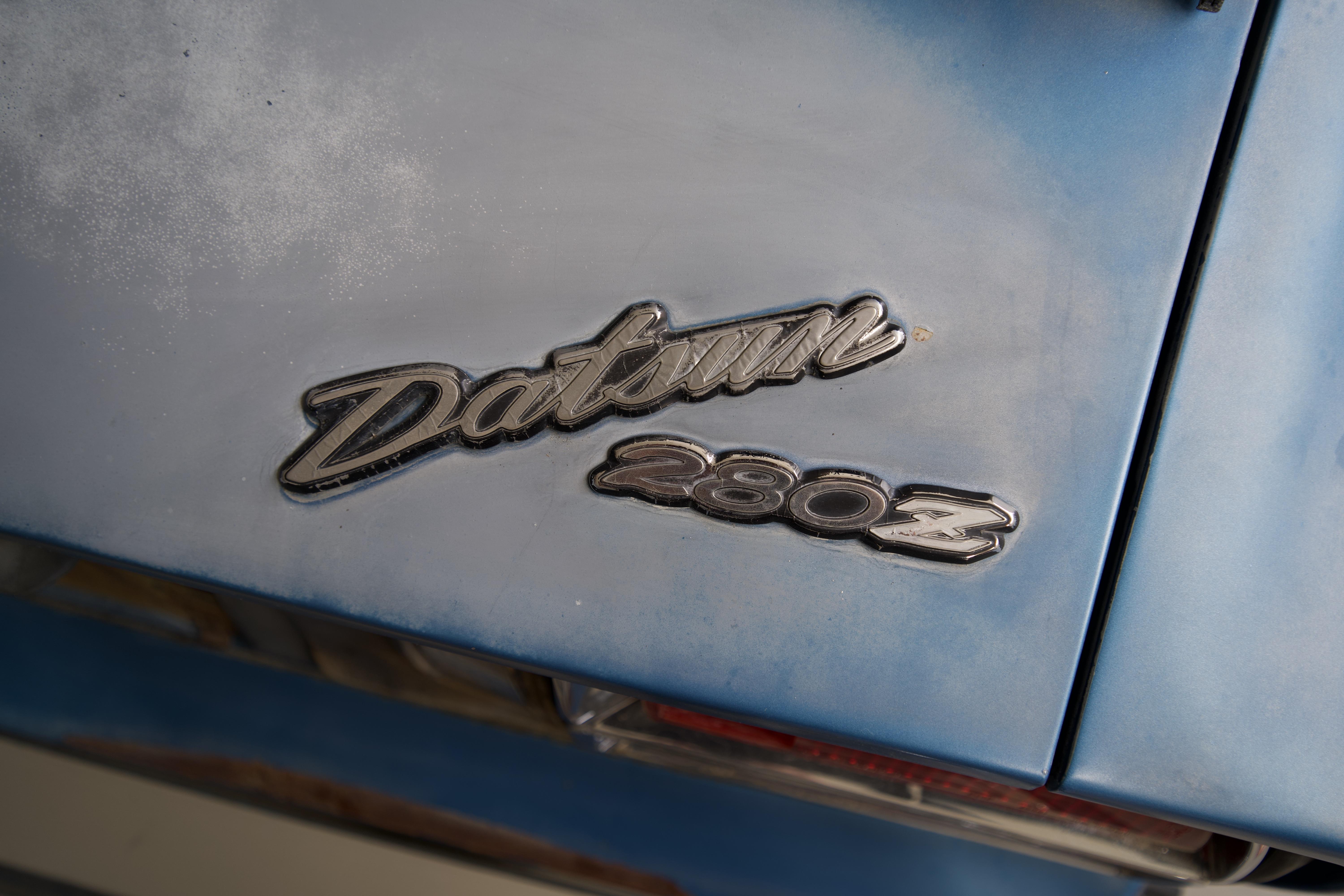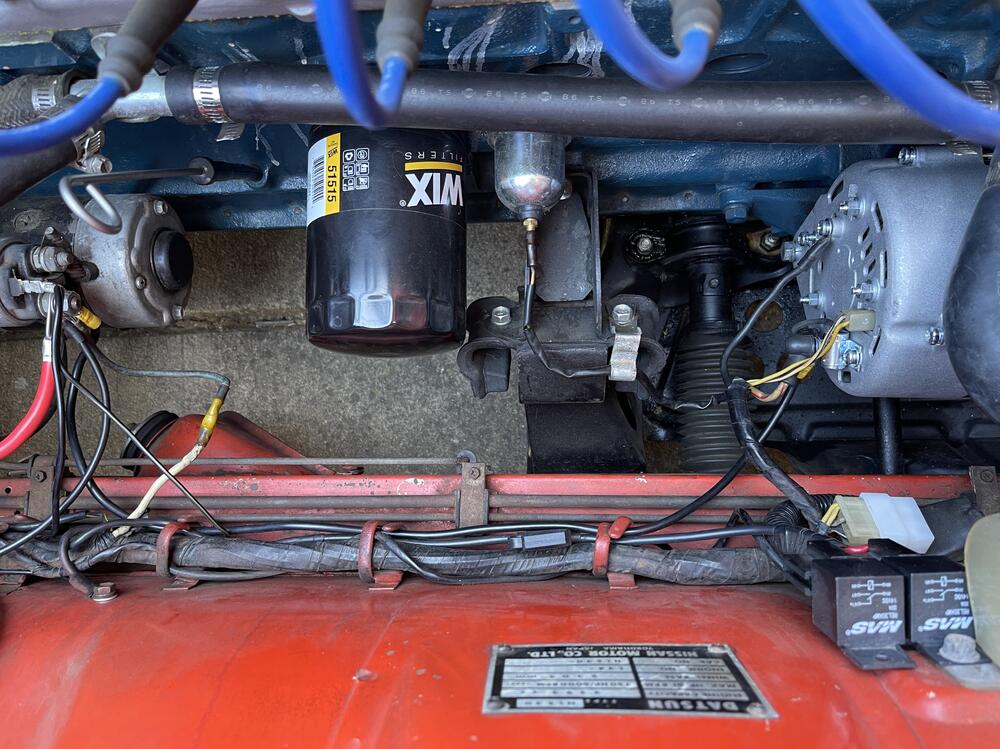My alternator recently gave out in my 73 Z, so I ordered the MSA 60 amp upgrade kit. I decided to give their alternator a try instead of sourcing one locally. Of course they warned me it's made for 70-72 Z's, and additional work is needed for a 73, have a pro install it, no warranty, etc.
There are a handful of threads here for a 73, but some with broken links, and some with unanswered questions. Maybe this thread can be used to consolidate 73's.
From what I gather, for a 73:
Install new alternator and connect per instructions.
The regulator plug (Dave's) is the same for 73 as 70-72.
Extra wiring is required if you are running an electric fuel pump. I am not, just the mechanical one. Thread here for electric fuel pump wiring, with safety wiring.
If the car has had the "vapor lock fix" or "electric fuel pump modification" or "V-3 modification" done to it, which added some wiring to a fuel pump relay. I'm not sure if cutting off the "yellow wire" is needed only if the fuel pump relay exists. I couldn't find a fuel pump relay on mine. Is this step needed only for cars with the modification?
Add an 8 gauge wire between the alternator BAT connector to the starter solenoid where the positive battery cable connects to.
So here's the old and new internally regulated alternator, Dave's plug, and instructions, from MSA.
Here's the installed setup. Seems to work fine. My starter connection is getting a bit crowded with all the relay connections. The Pertronix seems to be work better, but maybe it's my imagination. Amp gauge moves a tiny bit at idle, and little more with hazards on.
Anyway, I just want to make sure I'm good and won't burn my car down! 😏
Thanks!
Ken













